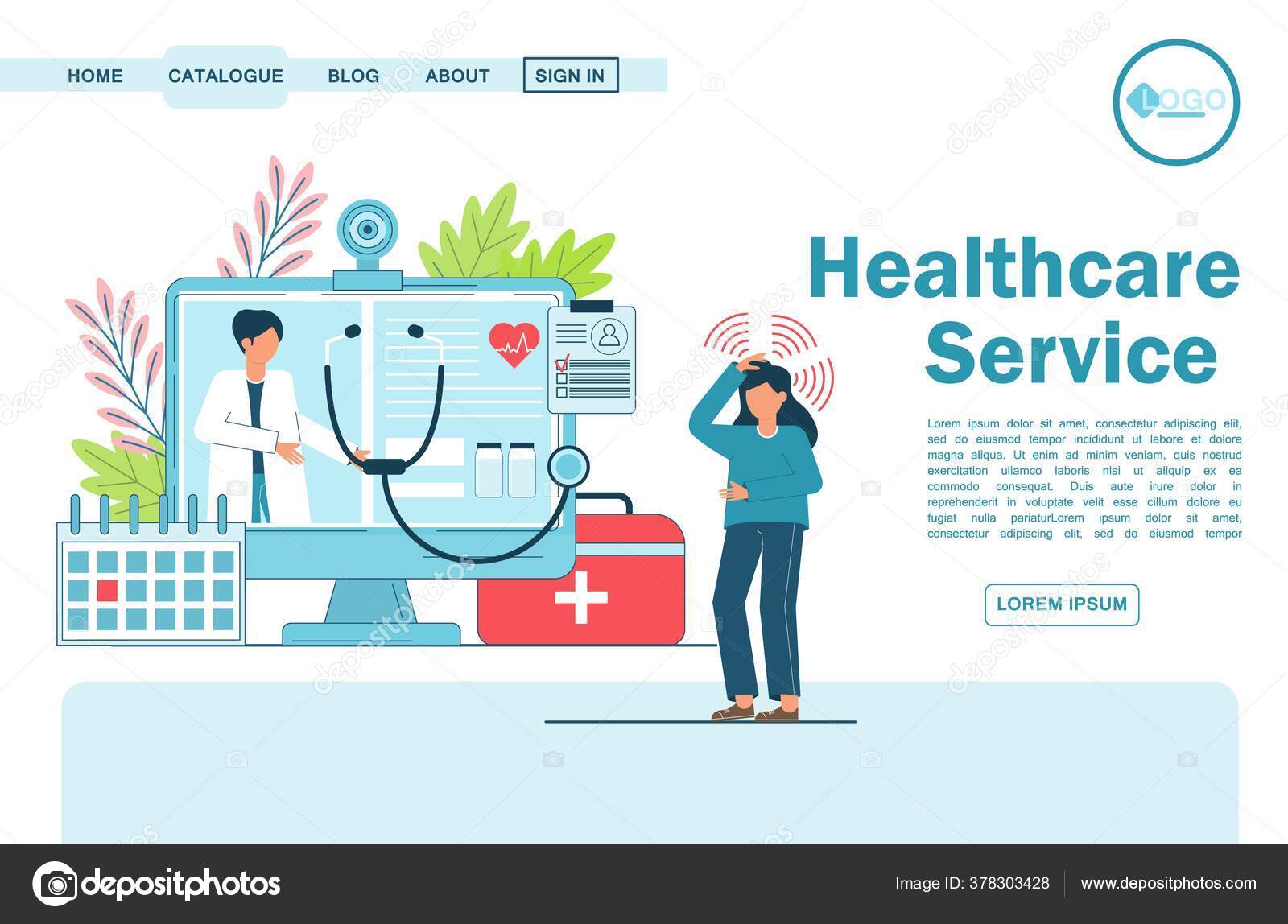Comprehending the Expense Savings of Subscription Based Healthcare for Families
Recognizing the Cost-Effectiveness of Subscription-Based Healthcare Models
As the health care landscape develops, subscription-based versions emerge as an engaging option, assuring to redefine exactly how individuals manage clinical costs. Examining these designs' cost-effectiveness necessitates a nuanced contrast with conventional insurance coverage, considering both financial effects and individual fulfillment.
Summary of Subscription-Based Models
Subscription-based medical care versions, often referred to as direct medical care or concierge medication, are increasingly getting focus as a prospective option to ineffectiveness within conventional healthcare systems. These versions operate the principle of offering patients straight access to doctor via a yearly or regular monthly fee, bypassing the demand for standard insurance coverage mechanisms. This arrangement aims to improve patient-provider interactions by decreasing management problems, which typically hinder personalized and prompt care.
At the core of subscription-based versions is the emphasis on an extra customized person experience. Individuals profit from improved accessibility to their doctors, often consisting of next-day or same-day visits, expanded assessment times, and straight communication networks such as phone or video clip phone calls. This version fosters a positive approach to health care, where people and companies can collaboratively concentrate on preventative care and chronic condition management.

Price Comparison With Conventional Insurance Coverage

One of the key economic benefits of membership designs is transparency in prices. Alternatively, typical insurance coverage may be more advantageous for people needing specialized care or pricey therapies not covered under a membership model, as they profit from the wider coverage network and cost-sharing devices.
Nonetheless, cost-effectiveness is context-dependent. While membership models could provide financial savings for those mostly requiring main treatment, individuals with persistent conditions or specialized medical care needs may find standard insurance a lot more comprehensive. As a result, assessing certain healthcare demands and possible usage is vital in identifying one of the most cost-effective choice for people.
Influence On Client Contentment
Patient complete satisfaction within subscription-based medical care versions often shows a considerable renovation over typical insurance systems. This enhancement is mainly associated to the individualized treatment and accessibility these models provide. Clients often report greater fulfillment as this article a result of lowered delay times and the convenience of organizing consultations. Unlike typical systems, where patients might experience hold-ups in obtaining treatment, subscription-based versions make certain even more straight and prompt interactions with doctor.
In addition, the openness in costs related to subscription-based medical care minimizes the common frustrations associated with unforeseen fees and intricate invoicing procedures seen in standard insurance (subscription based healthcare). People value understanding the specific financial dedication upfront, causing enhanced trust fund and confidence in their medical care administration
Additionally, the emphasis on preventive care and health in membership versions contributes to boosted health end results, even more boosting patient contentment. By concentrating on continuous health maintenance as opposed to episodic care, people experience a more alternative and continual medical care web journey.
Moreover, the boosted provider-patient relationship promoted in these versions, characterized by more time invested per person and personalized interest, plays a crucial role in raising person satisfaction levels, as individuals really feel truly cared for and understood.
copyright Experiences and perspectives
From the company's perspective, subscription-based medical care versions offer a transformative approach to delivering medical services. These designs stress a aggressive and preventative healthcare strategy, allowing service providers to concentrate on extensive individual care without the restrictions of conventional fee-for-service plans (subscription based healthcare). This navigate to this website shift in focus frequently results in improved patient outcomes and increased service provider contentment, as medical care experts can designate more time and resources to patient involvement and individualized treatment plans
Moreover, subscription versions assist in predictable revenue streams, which boost economic stability for doctor. This predictability permits enhanced resource preparation and appropriation, contributing to a more reliable health care shipment system. Providers can buy personnel training, technology, and framework renovations, consequently enhancing the top quality of care offered.
Nonetheless, the transition to subscription-based designs is not without difficulties. Regardless of these difficulties, lots of suppliers locate that the benefits of boosted person communication and structured procedures outweigh the initial challenges, making subscription-based designs an appealing choice.
Future Leads and Obstacles

A main difficulty is regulatory conformity, as membership models must stick to progressing healthcare plans and insurance coverage demands. This necessitates constant adaptation and innovation to make sure positioning with lawful requirements. Additionally, integrating these designs into existing medical care facilities can be complex, needing significant financial investments in technology and training.
There is additionally the prospective threat of producing injustices in health care accessibility, as membership versions may prefer those who can manage them, leaving susceptible populaces underserved. Addressing this needs thoughtful factor to consider of prices approaches and subsidy devices to ensure inclusivity.
Final Thought
Subscription-based healthcare designs offer a practical choice to conventional insurance policy by offering financial predictability and openness, specifically benefiting individuals with persistent conditions or regular medical care demands. The cost-effectiveness of these models is contingent upon specific healthcare usage patterns and scenarios. While they might boost client fulfillment and simplify budgeting, challenges stay in resolving specialized treatment needs. Future considerations include stabilizing detailed insurance coverage with affordability and integrating these models within the wider health care system for optimum end results.
Subscription-based healthcare models, sometimes referred to as direct primary treatment or attendant medication, are progressively acquiring attention as a potential solution to inefficiencies within typical medical care systems. Unlike standard systems, where individuals may experience delays in receiving treatment, subscription-based designs guarantee more straight and timely interactions with healthcare service providers.
These models stress a aggressive and preventative healthcare approach, enabling companies to focus on comprehensive individual care without the constraints of typical fee-for-service plans. As these models proceed to acquire grip, they provide the potential to reinvent client accessibility to care, enhance service shipment, and optimize medical care spending.Subscription-based medical care designs offer a practical choice to standard insurance by using financial predictability and openness, particularly benefiting people with chronic problems or constant health care demands.